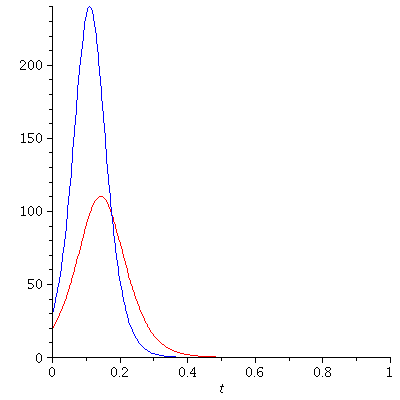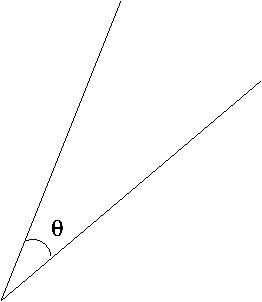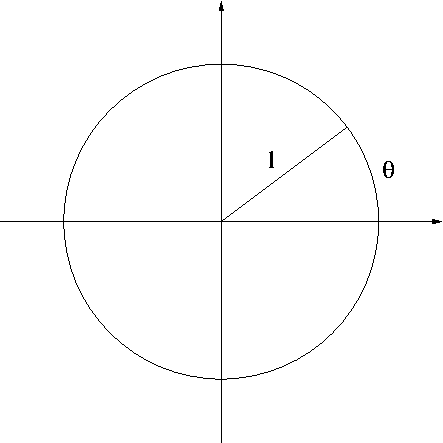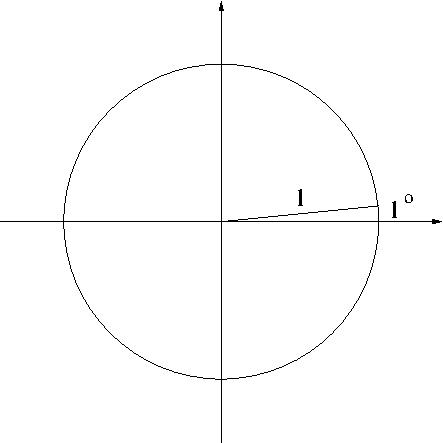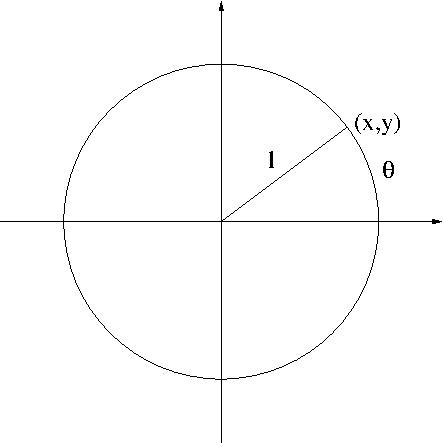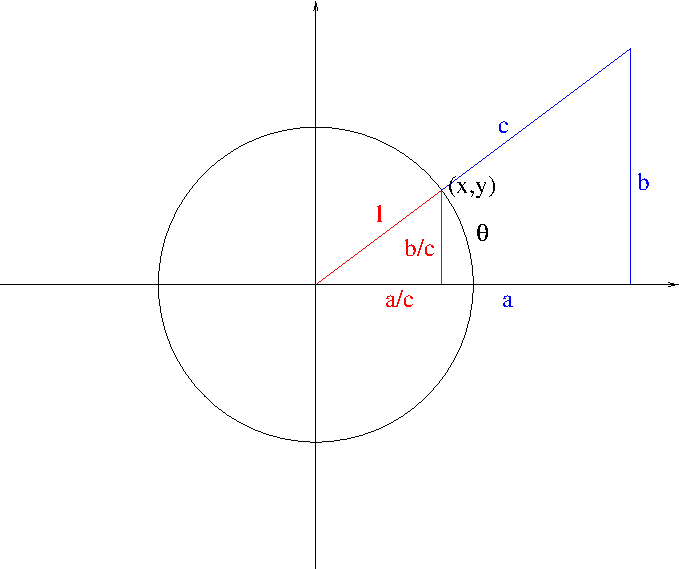A classical computer is built from electrical circuits that consist of logic gates and wires. The logic gates perform intended logical operations of information and wires pass information between logic gates. Similarly, a quantum computer would be built from quantum circuits that consist of quantum gates and wires. However, when it comes down to comparing how operations are performed at elementary gates level, there is no similarity between classical logic gates and quantum gates. Unlike classical logic gates, quantum gates operate not according to logical rules but to physical (quantum mechanical) laws. A single qubit gate acts on not only on qubits $|0\rangle=\begin{bmatrix}1\\0\end{bmatrix}$ and $|1\rangle=\begin{bmatrix}0\\1\end{bmatrix}$ but also on a superposition of $|0\rangle$ and $|1\rangle$, $\alpha|0\rangle+\beta|1\rangle$, where $\alpha$ and $\beta$ are complex numbers. For an obvious reason, single qubit gates are $2\times 2$ matrices. Furthermore, a quantum gate operation is performed through a unitary time evolution, and this means that they are required to be unitary matrices. Recall that a matrix $U$ of complex entries is unitary if $UU^\dagger=I$ where $\dagger$ denotes transpose conjugate i.e. $U^\dagger = \bar U^t$. If we write $U=\begin{bmatrix}a & b\\c & d\end{bmatrix}$, then $U$ is unitary if and only if $|a|^2+|b|^2=|c|^2+|d|^2=1$ and $a\bar c+b\bar d=0$. Any unitary matrix is qualified to be a quantum gate but not all unitary matrices would be interesting or useful gates. For practical purposes, it is important to see which gates are universal if there are any and that which gates are physically implementable. The following are some examples of well-known single cubit gates.
- Pauli-X, Pauli-Y, Pauli-Z gates. A matrix $H$ is Hermitian if $H=H^\dagger$. Hermitian matrices play a crucial role in quantum mechanics as Hamiltonians are required to be Hermitian. The eigenvalues of a Hamiltonian are the energies of the corresponding quantum system and of course they all have to be real. Hermitian matrices are guaranteed to have all real eigenvalues. A $2\times 2$ Hermitian matrix can be written in the form $H=\begin{bmatrix}x_0+x_3 & x_1-ix_2\\x_1+ix_2 & x_0-x_3\end{bmatrix}$ where the $x_i$ are all reals. The matrices \begin{equation}\label{eq:pauli}\sigma_0=\begin{bmatrix}1 & 0\\0 & 1\end{bmatrix},\ \sigma_1=\begin{bmatrix}0 & 1\\1 & 0\end{bmatrix},\ \sigma_2=\begin{bmatrix}0 & -i\\i & 0\end{bmatrix},\ \sigma_3=\begin{bmatrix}1 & 0\\0 & -1\end{bmatrix}\end{equation} form a basis for the space of all Hermitian matrices. The $\sigma_i$ in \eqref{eq:pauli} are called the Pauli spin matrices in physics. $\sigma_0$ is just the identity matrix but notice that $\sigma_1,\sigma_2,\sigma_3$ are also unitary matrices. They are called Pauli-X, Pauli-Y, Pauli-Z gates, respectively. Pauli-X gate is also called NOT gate as it acts like the classical NOT gate. \begin{align*}\begin{bmatrix}0 & 1\\1 & 0\end{bmatrix}\begin{bmatrix}1\\0\end{bmatrix}&=\begin{bmatrix}0\\1\end{bmatrix}\\\begin{bmatrix}0 & 1\\1 & 0\end{bmatrix}\begin{bmatrix}0\\1\end{bmatrix}&=\begin{bmatrix}0\\1\end{bmatrix}\end{align*}
- Square root of NOT gate. The gate $$\sqrt{\mathrm{NOT}}=\frac{1}{2}\begin{bmatrix}1+i & 1-i\\1-i & 1+i\end{bmatrix}$$ is called square root of NOT gate because $$\sqrt{\mathrm{NOT}}\cdot\sqrt{\mathrm{NOT}}=\begin{bmatrix}0 & 1\\1 & 0\end{bmatrix}$$ $\sqrt{\mathrm{NOT}}$ is one of the gates that are truly quantum because there is no classical counterpart.
- Hadamard gate. $$H=\frac{1}{\sqrt{2}}\begin{bmatrix}1 & 1\\1 & -1\end{bmatrix}$$ is called the Hadamard gate. It turns $|0\rangle$ to $\frac{|0\rangle+|1\rangle}{\sqrt{2}}$ and $|1\rangle$ to $\frac{|0\rangle-|1\rangle}{\sqrt{2}}$.
References:
- Michael A. Nielsen and Isaac L. Chung, Quantum Computation and Quantum Information, Cambridge University Press, 2000.
- Colin P. Williams and Scott H. Clearwater, Explorations in Quantum Computing, Spinger Telos, 1998.

